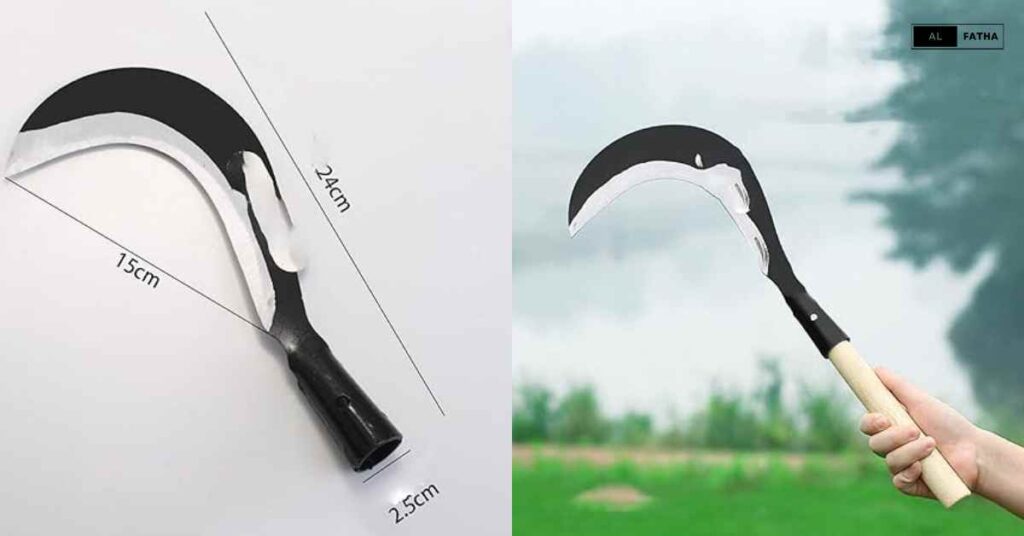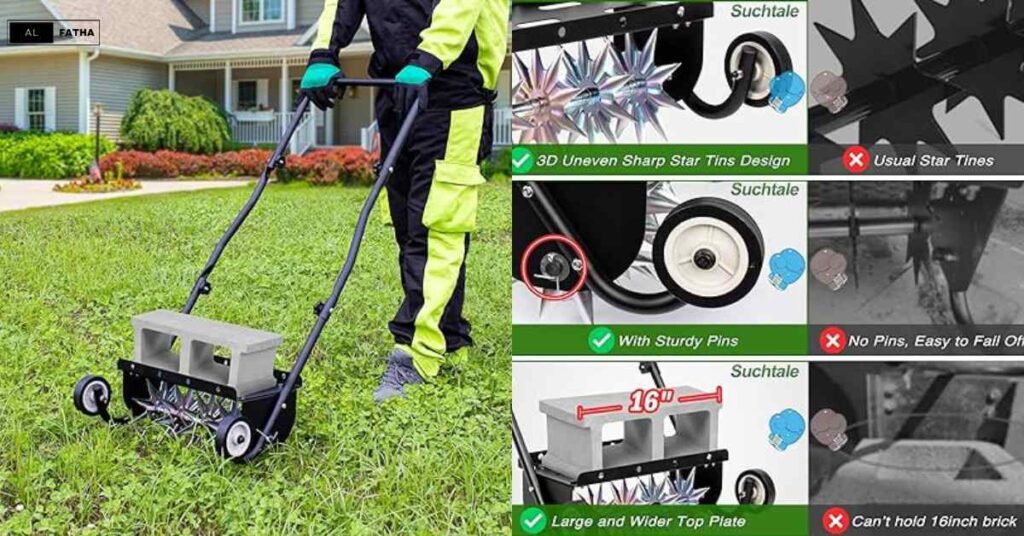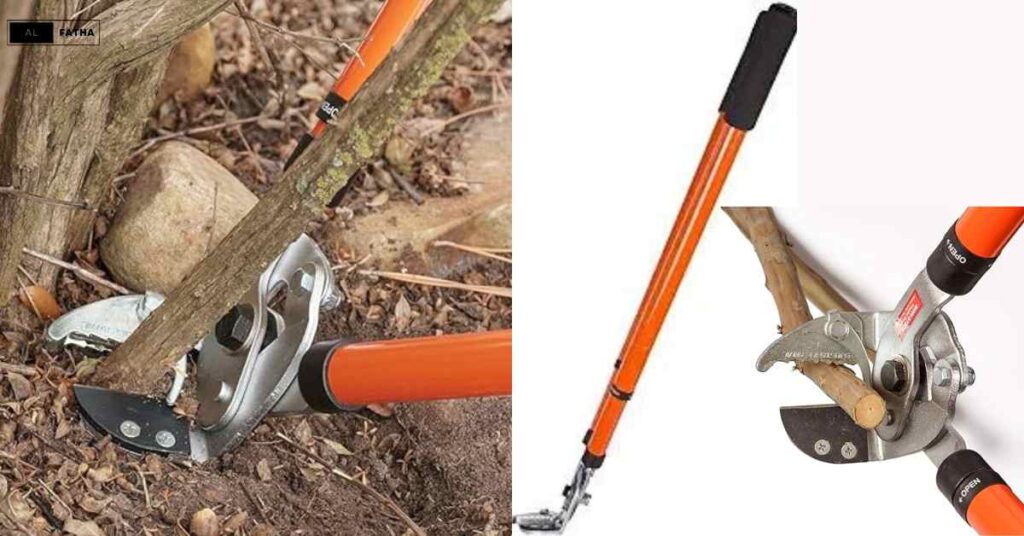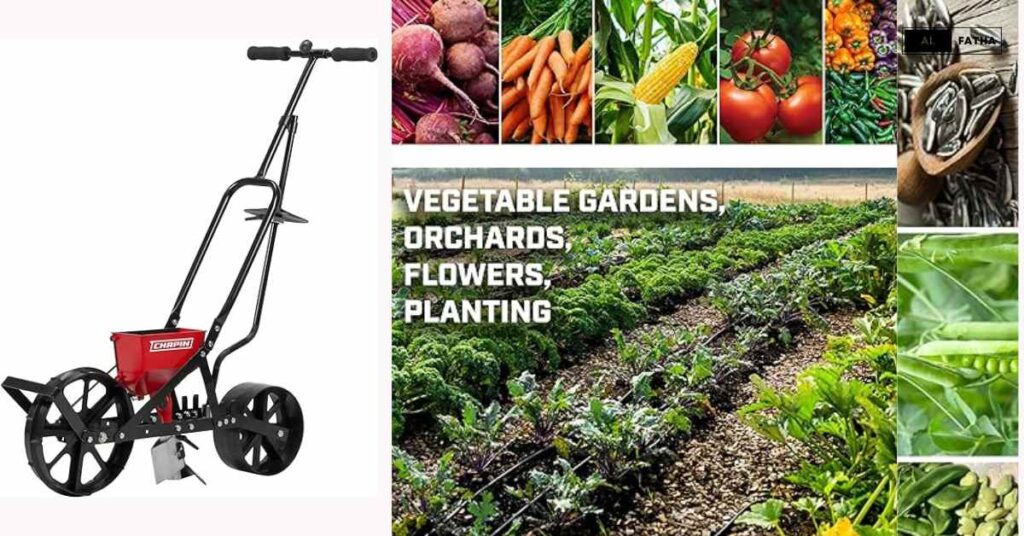Manual Harvesting Revolution: Unlocking the Secrets to Abundant Crops
Table of Contents
Section 1: Introduction:

Manual harvesting, deeply rooted in agricultural traditions, stands as a timeless practice that has sustained civilizations for centuries. In the vast expanse of farming knowledge, the art of harvesting by hand has evolved, adapting to diverse crops, climates, and cultural contexts.
This article, titled “Manual Harvesting Insights: Elevate Your Farming Game with Proven Methods,” delves into the intricacies of manual harvesting, unlocking the secrets that connect the hands of the farmer to the bounty of the harvest.
From historical perspectives to modern debates on manual versus mechanical methods, this exploration promises a concise yet insightful journey into the heart of agriculture’s fundamental craft. Join us as we uncover the nuances of manual harvesting, revealing its significance, techniques, and the ever-evolving landscape of agricultural practices.
Section 2: Manual Harvesting Techniques
Overview of Manual Harvesting:
Manual harvesting, a fundamental aspect of agriculture, encompasses a diverse range of techniques tailored to specific crops and regional practices. Understanding the historical evolution of these methods provides valuable insights into the resilience and adaptability of traditional farming.
Traditional Methods: A Historical Perspective:
Centuries of agricultural history reveal the ingenious ways in which farmers manually harvested their crops. Whether it was using a hoe, bare hands, a mattock, machete, or an earth chisel, each method bore the imprint of cultural wisdom and resourcefulness. This section delves into the historical roots of manual harvesting, shedding light on the evolution of tools and techniques passed down through generations.
Specific Techniques for Different Crops:
The effectiveness of manual harvesting varies across crops, demanding a nuanced approach for each. From delicate fruits like grapes to robust staples like rice and onions, farmers employ distinct techniques. This part of the article explores the precision required for different crops, emphasizing the intimate connection between the farmer’s skill and the successful harvest.
Challenges and Innovations in Manual Harvesting:
While manual harvesting remains a vital practice, it comes with its set of challenges. Labor-intensive processes, time constraints, and the need for skilled workers are among the hurdles faced by farmers. However, this section doesn’t just dwell on challenges; it also illuminates the ongoing innovations in manual harvesting.
Technological advancements, ergonomic tools, and sustainable practices are transforming the landscape, making manual harvesting more efficient and accessible.
In essence, this section provides a comprehensive understanding of manual harvesting techniques. By exploring historical roots, crop-specific methods, and the dynamic interplay of challenges and innovations, readers will gain a profound appreciation for the timeless artistry embedded in manual harvesting practices.
Section 3: Factors Influencing Postharvest Quality
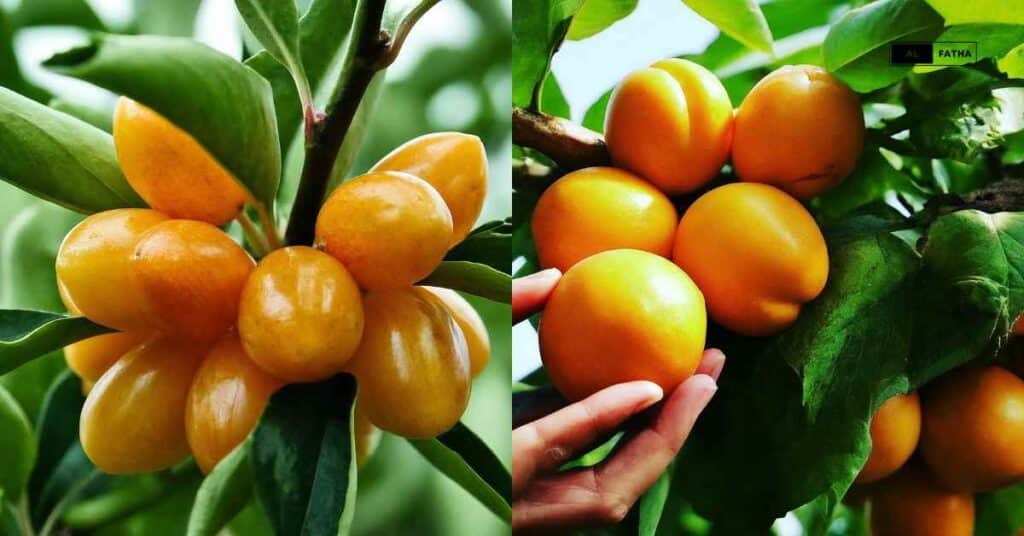

Preharvest Considerations:
The journey of a crop from the field to the market begins well before the actual harvest. Preharvest factors play a pivotal role in determining the quality of the final product. This includes careful consideration of factors such as soil health, climate conditions, and pest management.
An in-depth exploration of these preharvest considerations sets the stage for understanding how decisions made before harvesting impact the postharvest quality.
Harvesting Methods and Storage Impacts:
The method chosen for harvesting can significantly influence the postharvest quality of crops. Whether it’s the gentle hand-picking of fruits or the meticulous gathering of grains, the manner in which crops are harvested contributes to their condition upon arrival at storage facilities.
Additionally, the storage methods employed further influence the longevity and freshness of the harvested produce. This section delves into the intricate relationship between harvesting techniques and postharvest quality, emphasizing the need for strategic decision-making at every step.
Role of Environmental Factors:
Nature plays a crucial role in the postharvest life of crops. Environmental conditions during and after harvesting can either enhance or compromise the quality of the produce. Factors such as temperature, humidity, and exposure to sunlight become critical considerations.
Understanding how these environmental elements interact with harvested crops provides farmers with the knowledge to mitigate risks and optimize postharvest outcomes.
In summary, this section illuminates the interconnected factors influencing postharvest quality. From the preliminary decisions made before harvesting to the impact of storage methods and environmental conditions, readers will gain a holistic understanding of the intricate dance between nature and human intervention in preserving the quality of harvested crops.
Section 4: Horticultural Commodities Harvesting
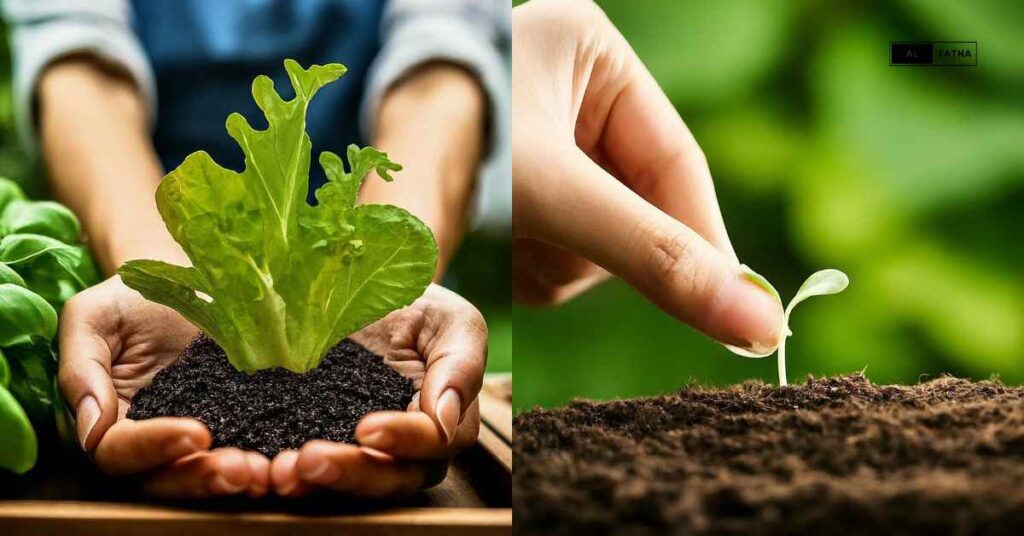

Insights into Harvesting Horticultural Produce:
Horticultural commodities, ranging from fruits to vegetables, hold a distinct place in agriculture, demanding specialized harvesting approaches. This section delves into the unique considerations and practices associated with harvesting horticultural produce.
From the delicate touch required for berries to the precision needed for leafy greens, farmers navigate a diverse landscape to ensure the quality and marketability of their yields.
Manual (Hand) Harvesting in Horticulture:
The art of manual harvesting finds its pinnacle in horticulture, where the human touch becomes essential for preserving the delicate nature of many crops. This subsection explores the nuances of manual (hand) harvesting in the context of horticultural commodities.
Whether it’s the plucking of ripe apples or the careful collection of tender herbs, manual harvesting plays a crucial role in maintaining the integrity and appearance of these high-value crops.
Harvesting Practices for Specific Crops:
Different horticultural crops come with their own set of challenges and requirements during harvesting. This part of the article zooms in on specific crops, providing insights into the best practices for harvesting.
Topics may include the ideal harvesting time for tomatoes, techniques for preserving the bloom of flowers, and the delicacies of harvesting exotic fruits. By addressing the idiosyncrasies of various crops, farmers can tailor their practices for optimal results.
In essence, this section shines a light on the specialized world of harvesting horticultural commodities. It navigates through the intricacies of manual (hand) harvesting, offering practical insights for farmers cultivating a diverse array of crops.
As readers explore the unique considerations for harvesting fruits, vegetables, and other horticultural delights, they gain a deeper appreciation for the meticulous artistry embedded in this branch of agriculture.
Section 5: Crop Systems and Harvesting
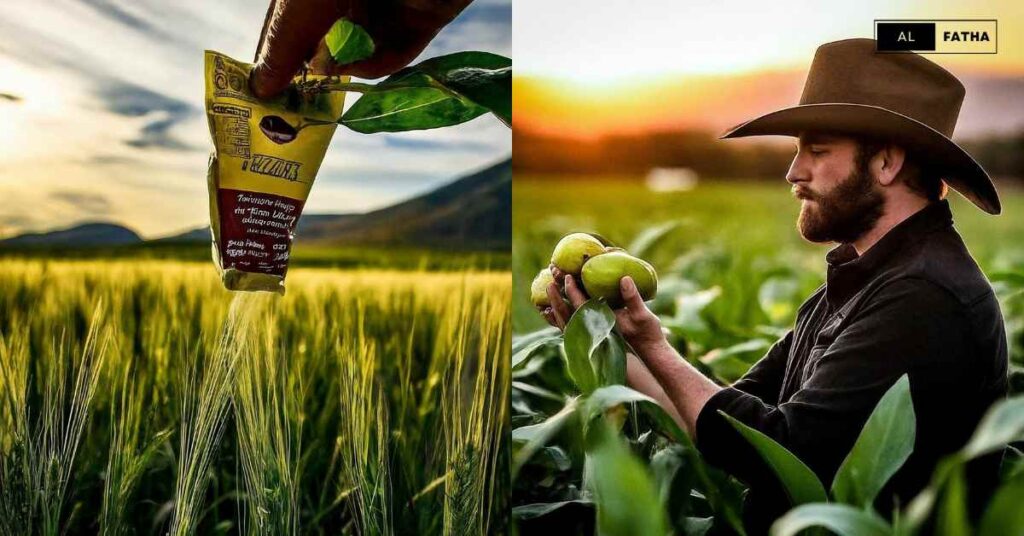

Understanding Crop Systems:
The relationship between crop systems and harvesting practices is a key determinant of agricultural success. This section begins by elucidating the diverse crop systems employed in agriculture, ranging from monoculture to polyculture and agroforestry.
Understanding these systems lays the foundation for effective harvesting strategies, taking into account the interplay of different crops within a given space.
Integration of Harvest and Storage Processes:
Efficient harvest and storage management are integral components of a successful crop system. This subsection explores how the design and execution of harvesting practices align with storage considerations.
It delves into the importance of synchronization in ensuring a smooth transition from field to storage, minimizing losses, and optimizing the overall productivity of the crop system.
The Role of Technology in Crop Systems:
In the modern era, technology plays a pivotal role in shaping and enhancing crop systems. This part of the article explores the integration of technology in harvesting practices, from precision agriculture tools to automated harvesting machinery.
Readers gain insights into how technological advancements are revolutionizing traditional crop systems, making them more sustainable, efficient, and responsive to contemporary challenges.
In summary, this section provides a comprehensive view of the intricate relationship between crop systems and harvesting practices. By exploring the various crop system models, understanding the synergy between harvesting and storage, and acknowledging the transformative impact of technology, readers gain valuable insights into optimizing agricultural processes for a more resilient and productive future.
Section 6: Ratoon Rice Technology
Sustainable Rice Production Methods:
Ratoon rice technology emerges as a green and resource-efficient approach to rice production. This section begins by elucidating the essence of sustainability in rice cultivation. Ratoon rice, also known as the second or third crop, involves regrowing rice from the stubble of the initial harvest.
By tapping into the residual root system, farmers maximize land utilization, conserve resources, and reduce the environmental impact of cultivation.
Resource Efficiency in Ratoon Rice Harvesting:
Ratoon rice harvesting introduces a unique set of considerations. This subsection delves into the resource-efficient practices associated with ratoon rice, emphasizing the minimal use of additional inputs such as seeds, water, and fertilizers.
By exploring the economical and ecological advantages of ratoon rice technology, farmers can adopt strategies that not only enhance productivity but also contribute to sustainable agricultural practices.
Challenges and Opportunities in Ratoon Rice:
While ratoon rice technology offers significant benefits, it is not without challenges. This part of the article addresses potential obstacles such as pest management, disease susceptibility, and the need for careful field management.
Simultaneously, it highlights the opportunities inherent in ratoon rice, including the potential for increased yields, reduced production costs, and enhanced resilience in the face of changing environmental conditions.
In essence, this section provides a comprehensive exploration of ratoon rice technology. By examining the principles of sustainability, resource efficiency, and the nuanced challenges and opportunities associated with this approach, readers gain valuable insights into a cutting-edge method that holds promise for rice cultivation in the future that is more sustainable.
Section 7: Harvesting Wine Grapes
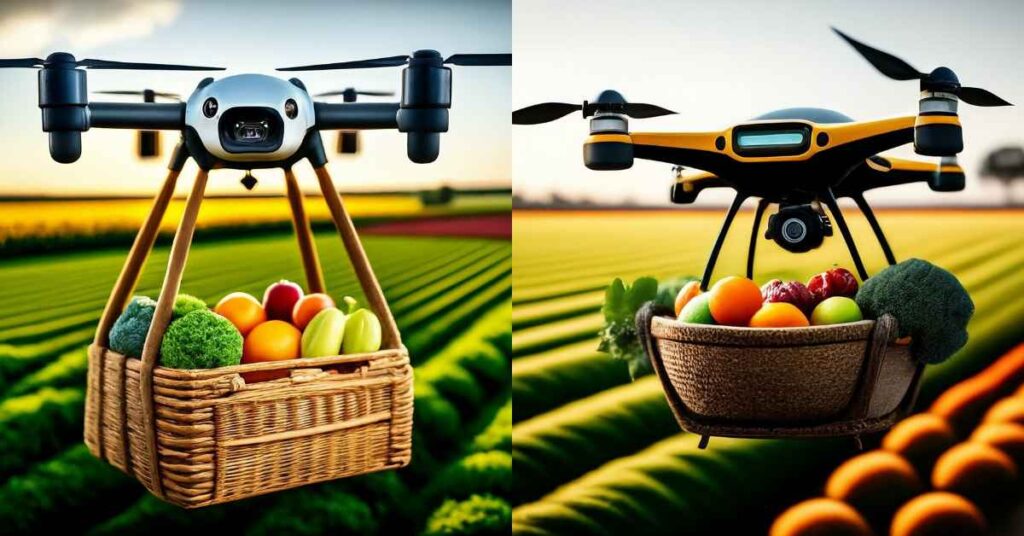

Importance in Winemaking:
The harvesting of wine grapes marks a critical juncture in the winemaking process, directly influencing the character and quality of the final product. This section begins by emphasizing the pivotal role of grape harvesting in determining the flavor profile, aroma, and overall composition of the wine. From the vine to the cellar, every step in the harvesting process contributes to the nuanced world of winemaking.
Manual vs. Mechanical Harvesting:
The choice between manual and mechanical harvesting methods is a central decision for winemakers. This subsection explores the advantages and considerations of both approaches.
Manual harvesting, often associated with premium wines, allows for meticulous selection and gentle handling of grapes. On the other hand, mechanical harvesting offers efficiency and cost-effectiveness. By weighing these factors, winemakers can make informed decisions aligned with their production goals and wine style.
Challenges in Harvesting Wine Grapes:
The harvesting of wine grapes is not without challenges. This part of the article delves into the intricacies of grape harvesting, including considerations such as timing, grape condition, and labor availability. It also addresses the impact of weather conditions on the harvest, underscoring the delicate balance winemakers must strike to ensure optimal grape quality for the production of fine wines.
In summary, this section offers a comprehensive exploration of the significance of wine grape harvesting. By dissecting the choices between manual and mechanical methods and addressing the challenges inherent in this crucial stage of winemaking, readers gain a deeper understanding of how the art of harvesting shapes the world of oenology and contributes to the creation of distinctive and exceptional wines.
Section 8: Comparing Manual and Mechanical Harvesting
Differences between Manual and Mechanical Harvesting:
Understanding the distinctions between manual and mechanical harvesting methods is pivotal for farmers and agricultural stakeholders. This section delves into the fundamental differences that define these two approaches.
Manual harvesting, characterized by human labor, precision, and selective picking, stands in contrast to mechanical methods that involve the use of machinery for efficiency and speed. By dissecting these differences, readers can appreciate the trade-offs and considerations associated with each approach.
Evaluation of Harvesting Methods:
This subsection offers a systematic evaluation of manual and mechanical harvesting methods. Factors such as cost, labor requirements, speed, and the impact on crop quality are carefully examined.
Farmers seeking to optimize their harvesting practices must weigh these considerations against their specific crop types, available resources, and overarching goals. The evaluation provides a practical guide for decision-making in choosing the most suitable harvesting method for a given context.
Debunking Myths: Manual vs. Mechanical Harvest:
The manual vs. mechanical harvesting debate often comes with its share of myths and misconceptions. This part of the article addresses common fallacies surrounding both methods. By debunking myths, readers gain a clearer understanding of the strengths and limitations of manual and mechanical harvesting, fostering informed decision-making within the agricultural community.
In essence, this section serves as a valuable guide for farmers and agricultural practitioners navigating the complex choice between manual and mechanical harvesting. By thoroughly examining the differences, providing a framework for evaluation, and dispelling myths, readers can make informed decisions tailored to their specific farming contexts and objectives.
Section 9: Debunking Myths: Manual vs. Mechanical Harvest
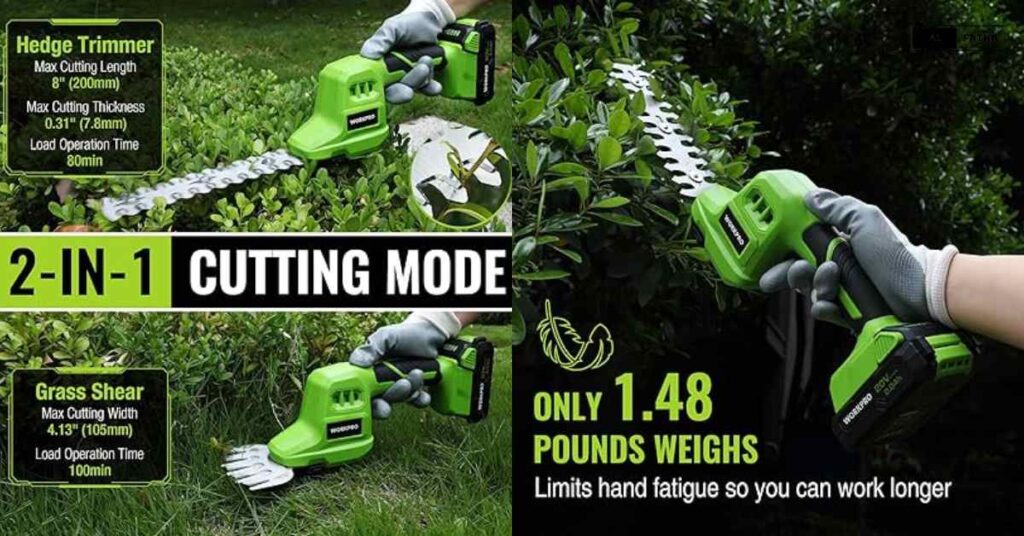


Common Misconceptions:
The manual vs. mechanical harvesting debate often falls prey to misconceptions that can influence decision-making in agriculture. This section begins by identifying and addressing prevalent myths associated with both methods.
Common misconceptions may include assumptions about the cost-effectiveness of one method over the other, the impact on crop quality, or the adaptability of these methods across different crops.
Facts and Realities about Harvesting Methods:
To dispel myths, this subsection presents facts and realities about manual and mechanical harvesting. It explores empirical data and case studies that showcase the actual outcomes of each method. For instance, the efficiency gains of mechanical harvesting may be contrasted with the nuanced quality control achievable through manual methods.
By presenting evidence-based insights, readers can better navigate through the noise of misconceptions.
Informed Decision-Making:
Debunking myths serves a broader purpose: empowering farmers and stakeholders to make informed decisions. This part of the article provides a framework for evaluating the suitability of manual or mechanical harvesting based on individual farming goals, crop types, and resource availability.
By clarifying the realities and dispelling myths, readers can approach the decision-making process with a clearer perspective, ultimately enhancing the efficiency and sustainability of their agricultural practices.
In summary, this section acts as a myth-busting guide in the manual vs. mechanical harvesting discourse. By unraveling misconceptions, presenting verifiable facts, and promoting informed decision-making, readers gain a nuanced understanding of the strengths and limitations of each method.
This clarity is crucial for farmers seeking to optimize their harvesting practices in alignment with their unique agricultural contexts.
Section 10: Innovations in Harvesting
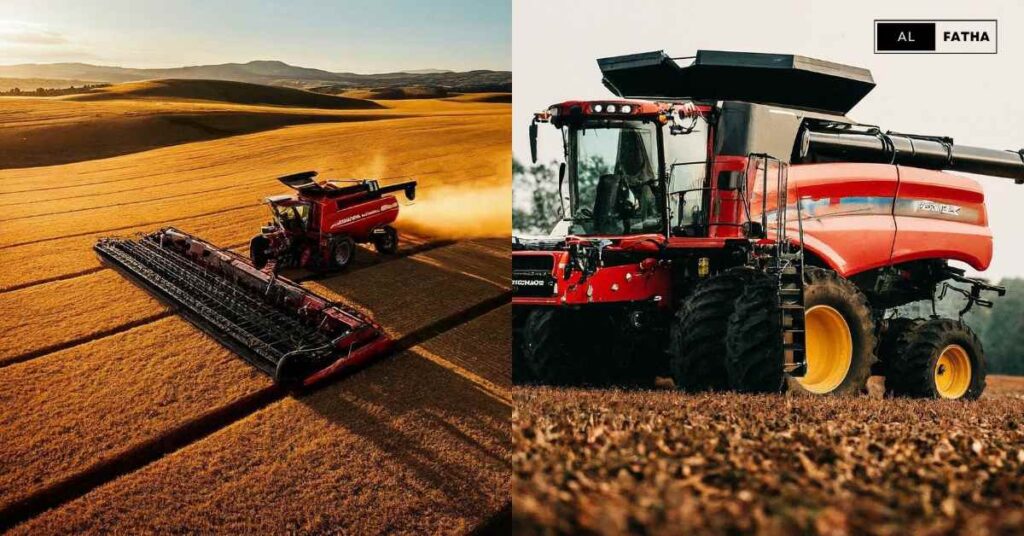

Evolving Technologies in Harvesting:
Innovation continues to shape the landscape of agriculture, and harvesting practices are no exception. This section explores the latest technologies transforming the field of harvesting.
From advanced machinery equipped with artificial intelligence to precision agriculture tools, these innovations aim to enhance efficiency, reduce environmental impact, and address labor shortages. Readers gain insights into the cutting-edge solutions that have the potential to revolutionize traditional harvesting methods.
Future Trends and Prospects:
Anticipating the future is crucial for staying ahead in agriculture. This subsection delves into emerging trends and prospects in harvesting. It may cover topics such as the increasing integration of robotics, the use of drones for crop monitoring, and developments in sensor technology.
By understanding these trends, farmers can prepare for the next wave of innovations and position themselves to harness the benefits of futuristic harvesting practices.
Sustainability and Environmental Considerations:
As technological innovations unfold, a crucial aspect is their impact on sustainability and the environment. This part of the article assesses how new harvesting technologies contribute to or alleviate environmental concerns. It may explore eco-friendly machinery, energy-efficient practices, and the potential for reducing chemical inputs.
By examining the sustainability quotient of emerging technologies, readers can align their harvesting practices with a broader commitment to environmental stewardship.
In essence, this section serves as a window into the future of harvesting. By exploring evolving technologies, anticipating future trends, and considering sustainability in innovation, readers gain a comprehensive understanding of the dynamic landscape shaping the future of agriculture.
This knowledge empowers farmers to embrace and adapt to innovations that can enhance the efficiency, productivity, and sustainability of their harvesting practices.
Section 11: Conclusion
In the realm of agriculture, where the hands of the farmer meet the earth, the practice of manual harvesting stands as an enduring testament to tradition and skill. This journey through “Manual Harvesting Insights: Elevate Your Farming Game with Proven Methods” has unveiled the intricate tapestry of techniques, challenges, and innovations that define the art of harvesting by hand.
From the historical roots of manual harvesting to the complexities of choosing between manual and mechanical methods, and from the sustainable nuances of ratoon rice technology to the futuristic realm of harvesting innovations, this article has provided a panoramic view of the agricultural landscape.
As we navigate through the diverse crops, systems, and considerations associated with harvesting, one truth emerges – the essence of agriculture lies in the careful balance between tradition and innovation. By embracing proven methods while staying open to advancements, farmers and stakeholders can elevate their farming game, ensuring a bountiful and sustainable future for agriculture worldwide.
Section 12: Frequently Asked Questions (FAQs):
Q: Why is manual harvesting still relevant in modern agriculture?
A: Manual harvesting retains its relevance due to its precision, suitability for certain crops, and the ability to maintain product quality. The hands-on approach allows farmers to make selective choices during harvesting, particularly crucial for high-value crops like fruits and grapes.
Q: What are the key differences between manual and mechanical harvesting?
A: Manual harvesting involves human labor and precision, offering control over the picking process. Mechanical harvesting, on the other hand, utilizes machinery for efficiency and speed. Differences include cost, labor requirements, and the impact on crop quality.
Q: How does preharvest planning influence postharvest quality?
A: Preharvest considerations, such as soil health, climate conditions, and pest management, significantly impact postharvest quality. A well-planned preharvest strategy ensures optimal conditions for crops, enhancing their quality after harvesting.
Q: What is ratoon rice technology, and how does it contribute to sustainability?
A: Ratoon rice technology involves regrowing rice from the stubble of the initial harvest. It maximizes land utilization, conserves resources, and reduces environmental impact, making it a sustainable approach to rice production.
Q: How do innovations in harvesting contribute to sustainable agriculture?
A: Innovations in harvesting, including advanced machinery, precision agriculture tools, and sustainable technologies, contribute to sustainability by improving efficiency, reducing environmental impact, and addressing labor shortages.
Q: What are the challenges associated with harvesting wine grapes?
A: Challenges in harvesting wine grapes include timing considerations, grape condition, and the impact of weather conditions. Winemakers must navigate these challenges to ensure optimal grape quality for wine production.
Q: How can farmers make informed decisions in choosing between manual and mechanical harvesting?
A: Farmers can make informed decisions by evaluating factors such as cost, labor requirements, speed, and crop quality associated with manual and mechanical harvesting. Consideration of these factors in the context of individual farming goals is crucial.
Q: What are the emerging trends in harvesting for the future of agriculture?
A: Emerging trends include the integration of robotics, the use of drones for monitoring, and developments in sensor technology. These trends indicate a shift towards more technologically advanced and sustainable harvesting practices.
Q: How can farmers balance tradition and innovation in their harvesting practices?
A: Farmers can balance tradition and innovation by embracing proven manual harvesting methods while staying open to advancements and incorporating sustainable technologies. This approach ensures a harmonious blend of traditional wisdom and modern efficiency.
Q: What is the significance of understanding postharvest quality in agriculture?
A: Understanding postharvest quality is crucial for farmers as it directly influences the market value, shelf life, and overall success of the harvested produce. Proper postharvest practices contribute to maintaining the integrity and value of the crops.
